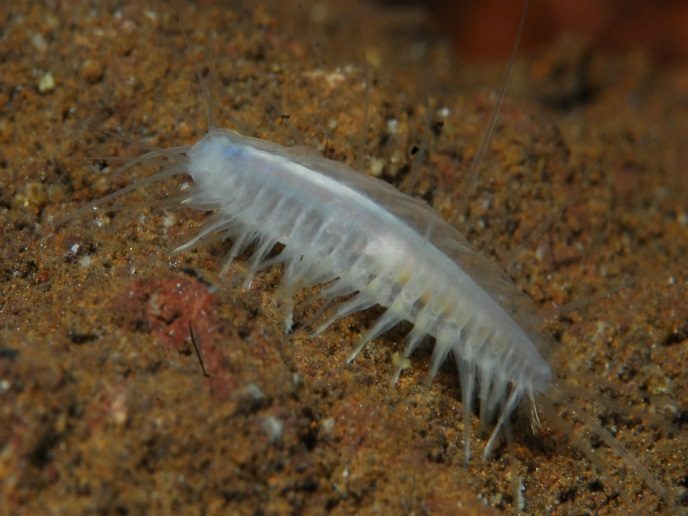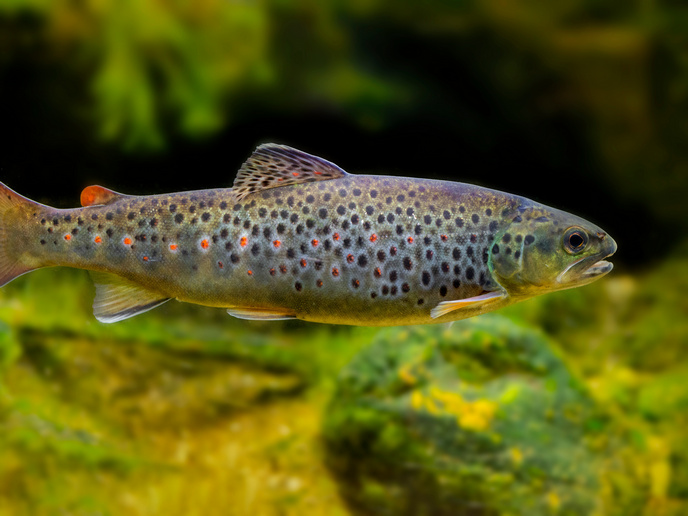The mass extinction story from an ecosystem point of view
Researchers have a comprehensive understanding of the causes, mechanisms and timings of mass extinctions, with fossil records revealing much about their effects on land and ocean species. But according to Davide Foffa(opens in new window) from the University of Birmingham, the project host, how species loss affected actual assemblages of ecological structures and compositions remains less clear. “Which ecological roles – or niches – are most impacted by mass extinctions? And after an extinction, do ecosystems return to their previous equilibrium and composition, or are new ones established?” asks Foffa, Marie-Curie(opens in new window) researcher from the ECODIV(opens in new window) project. To answer such questions, ECODIV set out to tell the story of the Permian-Triassic mass extinction(opens in new window) (PTME) from an ecological point of view. With previous studies focused on the impact of extinction events on life globally, during certain (often broad) time intervals, ECODIV concentrated on real regional/local assemblages across extinction and recovery phases. “We were interested in how ecosystems collapse and then biodiversity bounces back, beyond species loss and gain calculations,” adds Foffa.
Bridging the gap between ecology and palaeontology
ECODIV focused on the PTME as the most severe, and potentially consequential, extinction in the history of life, with up to 70 % of land vertebrates becoming extinct(opens in new window). The magnitude of the event means that it has yielded a wide variety of data. Foffa applied modern conservation ecology methods to understand the effects of the loss, gain and distribution of species. In plant and invertebrate ecology, the traits of each species – such as size, diet, reproduction, lifestyle, habitat and locomotion – describe its ecological role in its ecosystem. “Yet this approach hasn’t typically been applied to vertebrate palaeontology, which obviously lacks direct observation to understand the behaviour of extinct species,” says Foffa. Thanks to the well-sampled worldwide tetrapod fossil record in the Permian-Triassic interval, ECODIV characterised each species’ assemblage statistically (based on their ecological properties), tracking changes over time. ECODIV primarily focused on the recovery and diversification of tetrapod assemblages in the Southwest of the United States following the PTME, an interval when many new reptile groups appeared and diversified. Participating in project partner Virginia Tech(opens in new window) expeditions in Arizona, New Mexico and Texas, Foffa helped fill in fossil record gaps by looking at time intervals and geographical areas with fewer fossils, documenting new Middle Triassic and Late Triassic assemblages.
Better understanding long-term environmental change
While the team’s new land assemblages (especially those preserving small-bodied species) are still under review, findings have already revealed how these new groups’ evolution introduced new ecological roles and opportunities. “We saw how ecological structures change over time, in parallel with the appearance and disappearance of animal groups. For example, the roles of apex predators and herbivores in Permian ecosystems differ from those of the Triassic as new groups appeared and diversified,” explains Foffa. Ecosystem recovery at low latitudes was also found to have likely been slow, only stabilising 20-30 million years after the extinction event, as the fauna composition kept changing until the Late Triassic. This meant that faunas and ecological structures didn’t stabilise until later in the second part of the Late Triassic. Foffa continues to analyse the enormous quantity and quality of the fossil record data collected, comparing the patterns of extinctions and recovery, among different ecosystems globally. “We are benefiting greatly from the combination of traditional palaeontological techniques such as fieldwork, with modern technology and methods, such as CT scanning and ecological modelling,” says Foffa.







